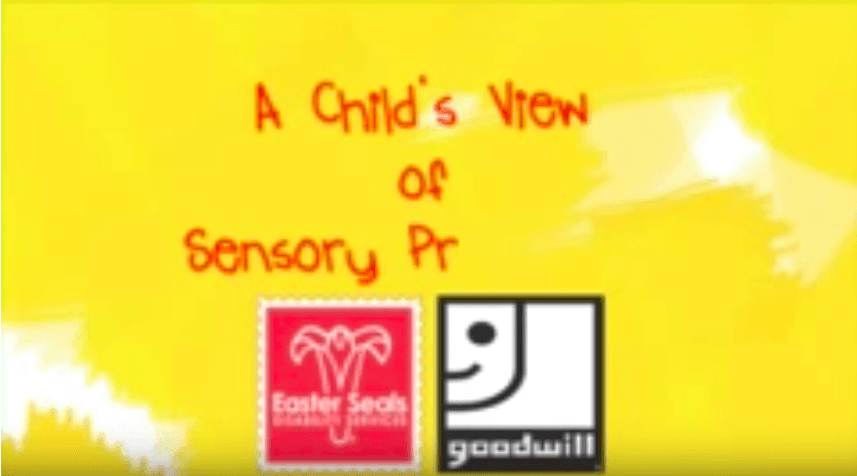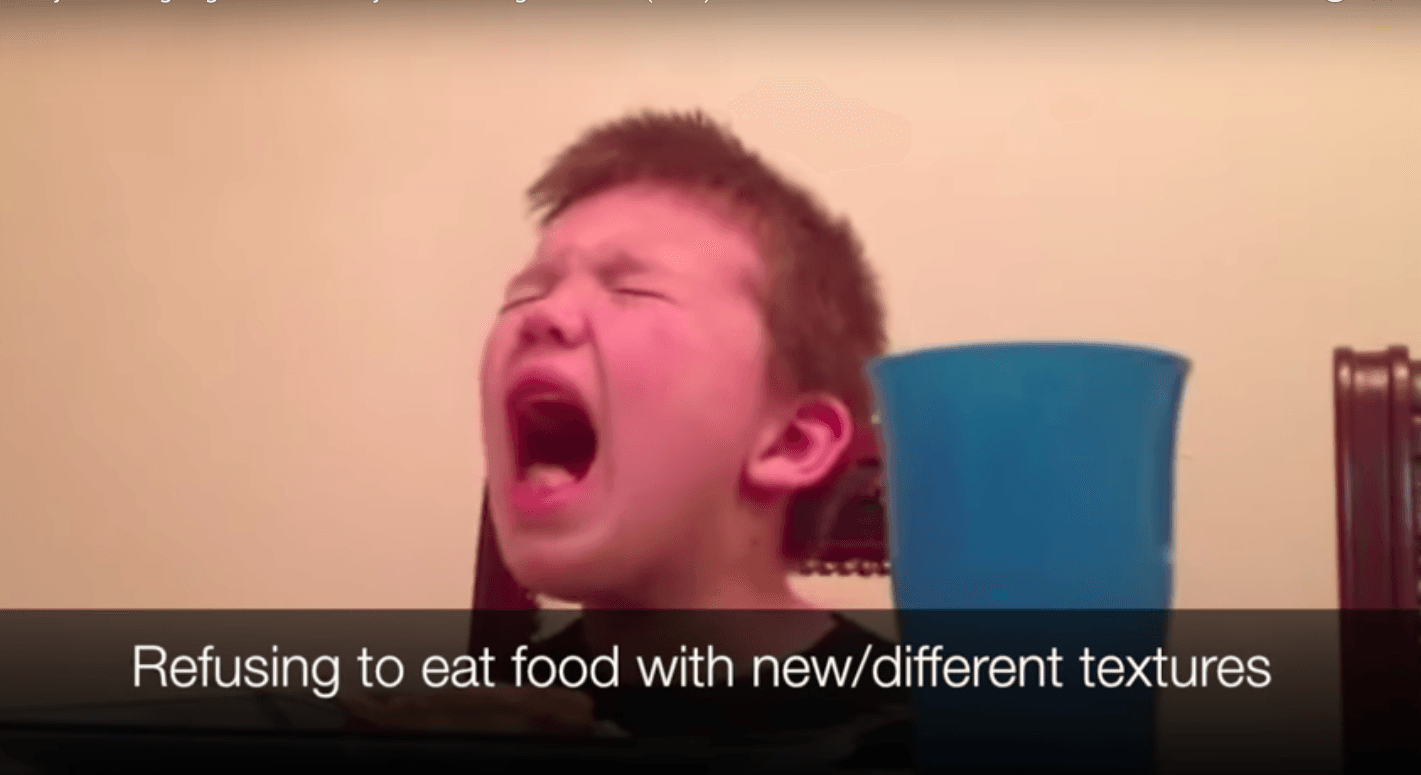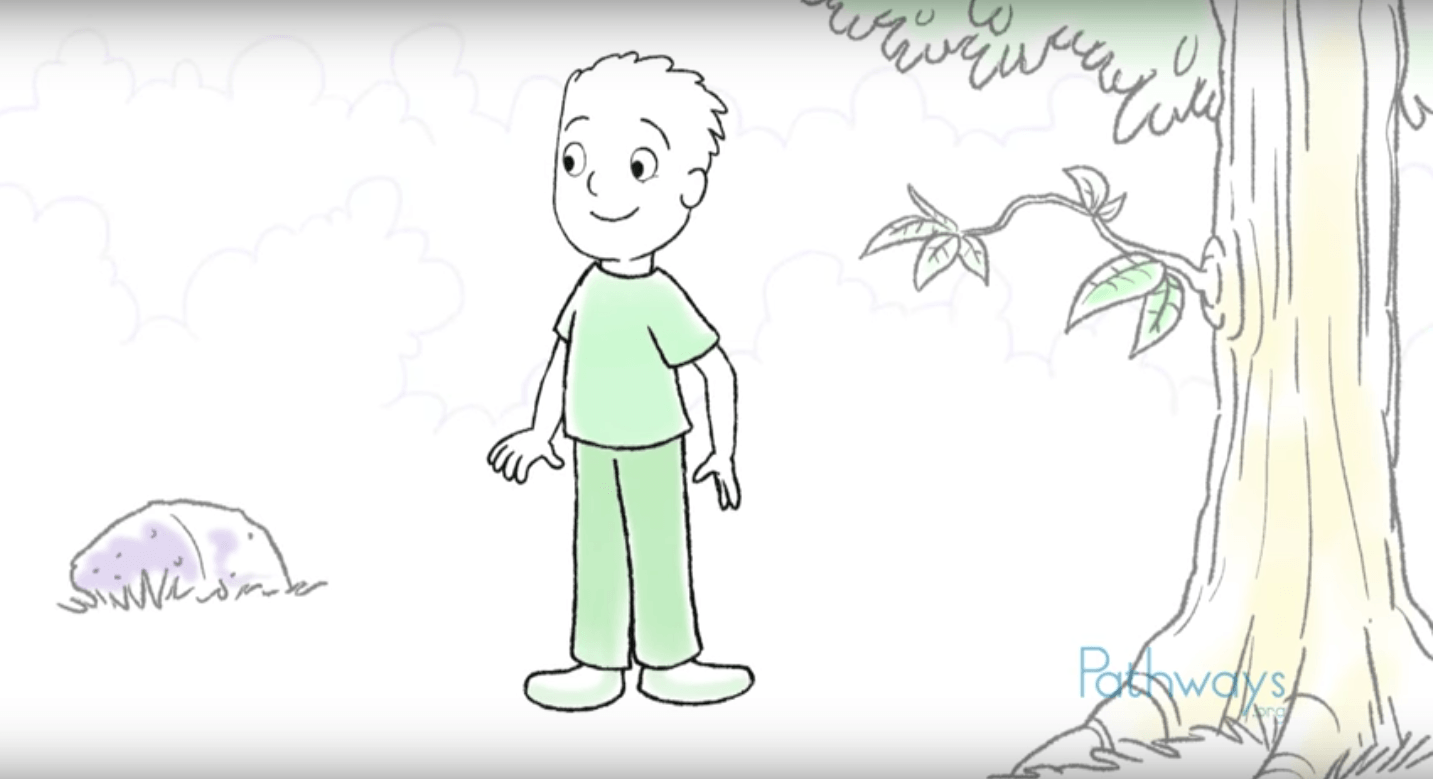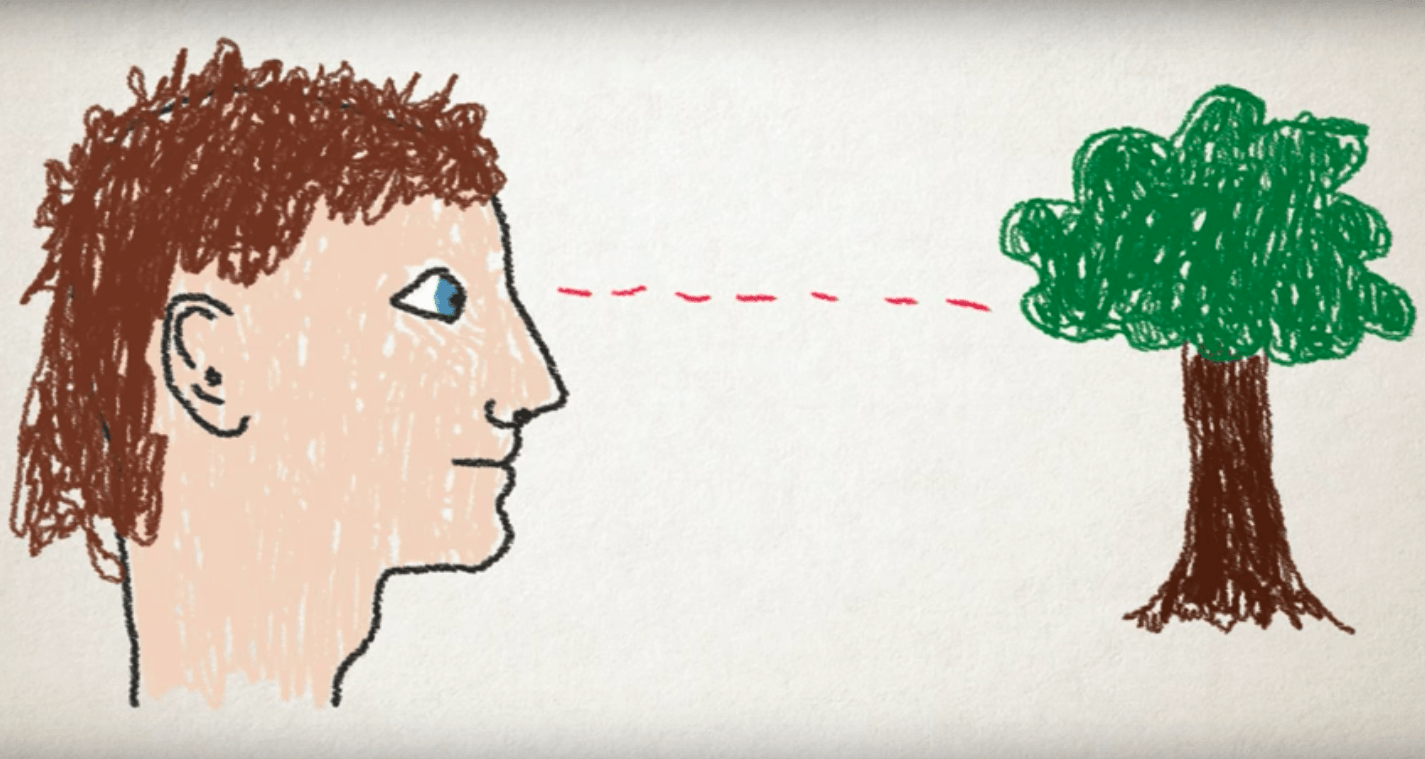Parent Resources
Before Your Visit
The reason most parents have come for an evaluation is to address problems and concerns that we can see happening on the surface.
Behavior, academics/learning, and the ability to perform daily living activities are all dependent upon the brain’s ability to take in information from the body and the world around us, process the information with other systems, and then to respond and perform in everyday situations. Success or hindrances in daily life are outcomes of how well this process is working.
During the evaluation and our discussion with you, our goal is to understand from a bottom up approach to identify the underlying reasons for the struggles that your family is experiencing.
The bottom up begins with sensory processing because the way that the brain gets information about our bodies and the world around us is through our senses. We typically learn about our five senses including taste, touch, sight, smell, and hearing. The lesser known senses include vestibular, proprioception, and interoception. These are described in more detail below.
For now, here are some concepts to keep in mind.
Sensory Integration is a Neurological Process
Sensory integration is a neurological process. In other words, it happens within the brain involving how the neurons (brain cells) and how different parts of the brain communicate with each other. If we look at the sensory structures themselves – the skin, nose, tongue, cochlea (what you hear with), vestibular apparatus, muscles and joints – there would be no problems detected. This is like the hardware of a computer. It is intact and not “broken.”
The neurological part is like the software or apps in a computer. It is how well they communicate and integrate together that makes them work seamlessly. When they don’t, we have all experienced the “glitches” and frustrations and waiting that can occur. This is the same idea as sensory systems integrating together in the brain so that our body can do what it needs to do without glitches getting in the way.
Sensory Integration is a Developmental Process
The next concept is that this process is developmental. Sensory integration and all the benefits that stem from it do not just happen. In fact, we know that babies in orphanages who are left unstimulated or neglected have significant and pervasive developmental challenges. The first year of life is all about learning how the body and the world around it works and integrates together. When the senses are engaged it creates and strengthens connections between neurons or brain cells. This process is also called learning.
Behavior is a Communication
The third idea before our meeting is to understand that behavior is a communication. There is a reason we act the way we do. Our behavior is shaped by our experiences and how we interpret these experiences. When we experience something, we are talking about what happened and what it felt like. This involves taking in sensory information from the world and our own bodies. When we interpret experiences, we are creating meaning out of the event which involves our perception of the experience. Perception often determines our beliefs and how we respond. In other words, behavior communicates our perception and the way we are experiencing the world.
What is often confusing is that when a person is having difficulty with sensory processing, the unconscious part of the brain is perceiving the world as threatening or just not making sense. This results in protective behaviors, some adaptive and some not. This may also result in difficulty learning and performing skills, and result in frustration with difficulty identifying why something is hard. It may also result in intentional or unintentional avoidance of challenging experiences.
What seems like lots of random behaviors or problems many times begin to make sense when viewed from a sensory integration framework. Every person is different, but every person shares this foundational way of being in the world. Uncovering the mystery behind these behaviors has helped many parents more fully understand their child and brought new hope and insight into their struggles.
Everyone Has a Unique Sensory Pattern
As we will learn we have at least seven senses and eight if you include interoception. One of the first jobs of each sensory input is to reach the brain centers that process its information. Hopefully, it is modulating the input well, meaning that it is not too much input that it is overwhelming the system and not too little input that it is like it never happened. This may be referred to as being either over responsive/“sensitive” or under-responsive. Each of our senses can be over or under-responsive. With eight systems, this means there can be multiple combinations of responses.
Also, each person responds in context meaning it previous experiences and environments have an effect on how someone may respond. For example, I may be very comfortable at home with certain inputs, but when I am in another, less familiar environment, the input may be too much to handle. This may be why a person may have different responses in different environments.
The way we process input and our experiences will shape our own unique pattern. This is one of the wonderful ways that we become the people that we are. However, this can also make it confusing and difficult to understand. While everyone has their unique pattern, there are also patterns to these patterns. In other words, each person is unique but can have similar patterns in how they process and integrate sensory input.
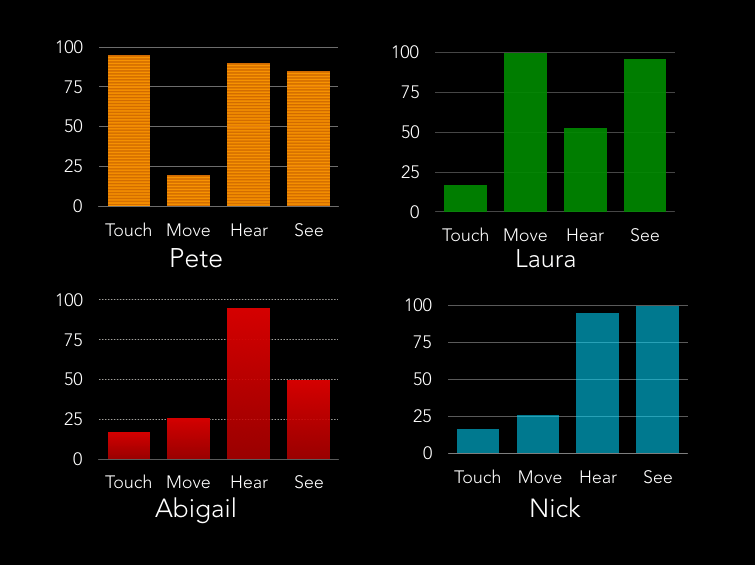
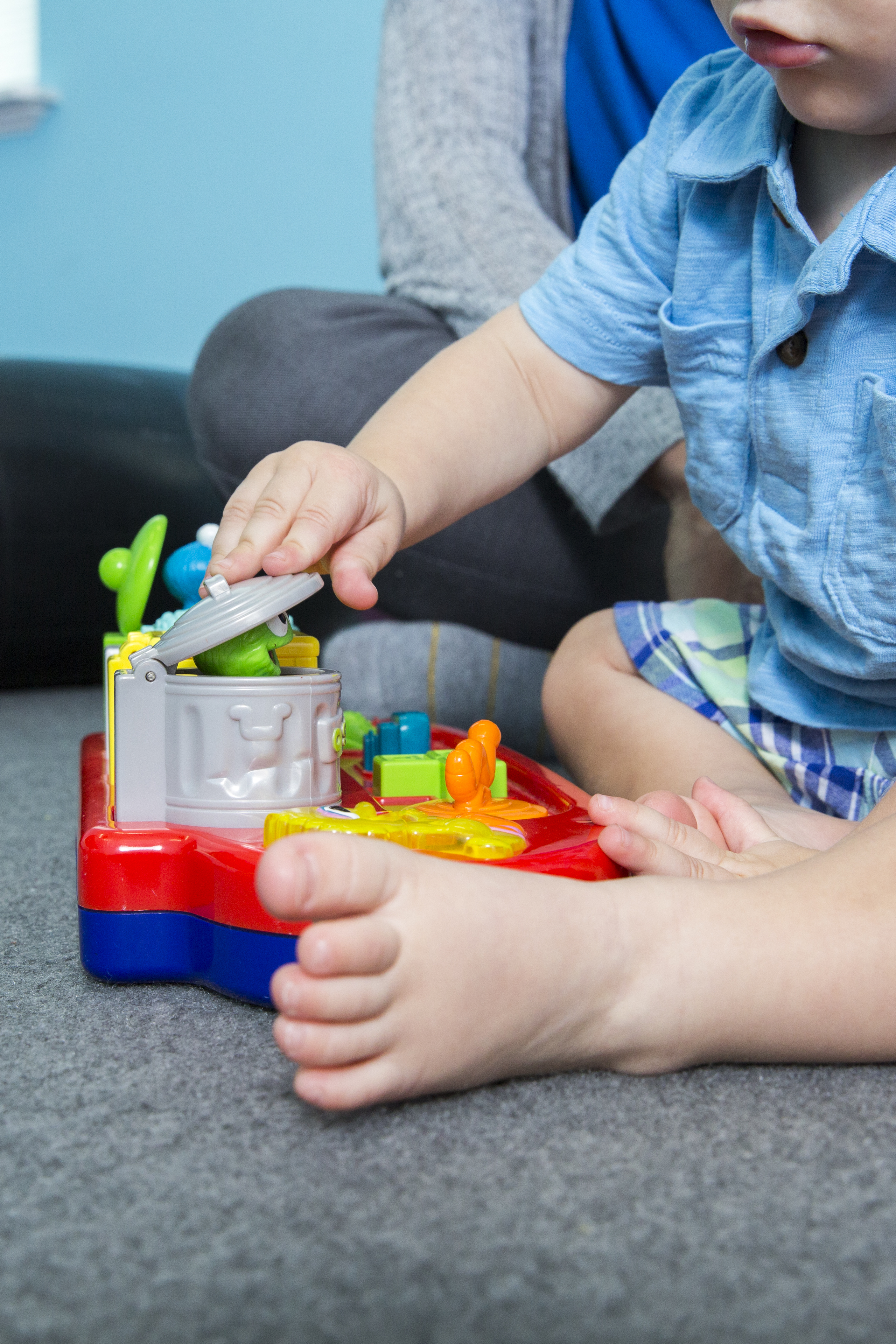
With these concepts in mind, now let’s look a little more closely at each sensory system. During our meeting, we will lay out you or your child’s sensory pattern from your questionnaires, our discussion, testing, and our observations during the evaluation.
Sensory Systems
The vestibular system is very important. It provides the brain with information regarding the pull of gravity on a constant basis which gives us a sense of our orientation. It is like the star on the map saying, “You are here.” Gravity processing is the basis for our muscle tone and strength particularly with the muscles along our spine giving us a sense of where our center is.
The vestibular system also lets your brain know whether you are moving or still and the position of your head. In this way, it is very important for balance, controlled/skilled movement, and the ability to stay still. It alerts the muscles to know how to respond to keep from falling down.
The vestibular system gives the brain information about the head position in all possible directions. It also works closely with the eyes to stabilize the field of vision. The vestibular system is also connected with the neck muscles to turn the head for greater visual range and for the eyes and ears to orient to and locate sounds. In this way, the vestibular system is very important for spatial orientation.
Proprioception is the joint and muscle position sense. It is highly integrated with the sense of touch in order to grade the amount of force or pressure to exert when handling or coming in contact with the environment. An example would be how to hug without squeezing too tight or so loosely that it seems insincere. Being able to position tools in the hand and coordinate all the movement of all the joints for successful manipulation would be another example.
Proprioceptive and vestibular integration is foundational for muscle tone and the ability to move automatically and responsively to the environment and task. For example, being able to walk through a room adjusting movement and posture to avoid walking into things and to position the body accurately to sit in the chair and not fall out.
Proprioception is also very regulating. Have you ever been feeling stressed out and then you exercise and feel better afterward? Using the muscles helps to relieve tension and stress giving us a better sense of calm. Moving and using our muscles can also help with focus and attention by waking up when we feel sleepy.
Most of us are familiar with touch. We can pretty well identify things that feel good on our skin. But, touch gives us a ton of information about the world around us when we are not even thinking about it. We are always in contact with some surface giving us connection and grounding information that helps refine our balance. Many of our touch receptors involve vibration which also allow us to work with our muscles/proprioceptors to grasp and maneuver and catch objects that move along our skin. Temperature receptors are a type of touch and keep us safe in a variety of ways. It is through our skin that we come into contact with the world. Our sense of touch works with all the other sensory systems to navigate our body through the world, coordinate how we use our body as a tool, and to utilize physical tools for daily activities. Something that is hard to feel is hard to manipulate so we end up feeling clumsy and probably avoid tasks that require precise use of our hands.
Touch also influences our relationships and social connectedness. Touch is very important from birth in connecting and forming healthy attachments to our caregivers. When the nervous system interprets touch as harmful, it can feel painful making relationships and the ability to self-regulate strained.
Touch is also important for spatial processing. As we manipulate things by holding them in our hands or placing them in our mouths, we get a sense of depth, texture, and dimension. Touch, then working with our other body senses, contributes to the space and objects around us. When touch does not work well in this sense, there may be difficulty judging space and often impulsive movement or bump into the things frequently. There may also be a need to touch things that our eyes see.
Hearing involves more than just detecting sounds. Listening involves the whole body including the other senses. The brain combines what it hears, where the sound comes from, and information from the other senses to make meaning from sounds. Much of our ability to make sense of the world and to communicate with others involve the ability to process sound.
On an unconscious level, the brain filters out background noise and focuses on foreground sounds. Sound informs our brain about happenings outside of us. With information from the other sensory systems it is able to make sense of what it hears. This is what helps us to have conversations while mostly tuning out what is happening around us. It helps us to focus.
Sound is happening and being processed constantly. Sounds can occur quickly and without warning. It can be pleasant or jarring. It can be a soft whisper or overwhelming roar. It can be organized into beautiful music or be random, chaotic noise. Sound is much more difficult to process when our body senses, vestibular, proprioception, and tactile systems are not well integrated.
Sight is the last sense to develop and for most, becomes our dominant way of interacting with the world. When we are born, we have little and very vague visual information. This seems to allow for the body senses of touch, proprioception, and vestibular to more fully mature before our eyes take over. The body senses enhance how our brain is able to perceive or make sense of and interpret more accurately what it is seeing.
Vision needs to integrate well with the vestibular system and the proprioceptors of the neck to stabilize the field of vision. It is like using a tripod to stabilize a camera so that what your video is easy to watch. This has a lot to do with the ability to pay attention, focus, and read. We call this ability to coordinate the eye muscles and use them independently of the head oculomotor control. A stable visual field and good oculomotor control are foundational for the ability to use our eyes and hands together. We call this visual motor integration.
The sensory receptors for taste and smell are called chemoreceptors. This means that they detect molecules that are in the air for smell and molecules that are a part of substances for taste. Taste and smell are very interrelated and highly subjective. Have you ever noticed how if you can’t smell something, it has a lot less taste?
We may think that eating or exploring with the mouth is all about taste. That is true, but especially with exploration it is to a large extent about texture. The lips and mouth are densely populated with touch receptors. This can be why we sometimes place things on our lips or cheeks to feel them more intensely.
When our sense of touch in the mouth is under responsive like after being numbed from a dental visit, it can be very difficult to chew and swallow food successfully. Articulation, or pronouncing sounds clearly when speaking, can also be difficult. The tongue, jaws, and lips are highly dynamic muscles to coordinate and rely heavily upon the sense of touch in the mouth.
When children have difficulty with feeding or are highly selective of foods it is often a combination of tolerating texture and coordinating all the muscles for manipulating food in the mouth. One of our first survival instincts is to breathe. When food can potentially make us choke, we will avoid eating it and it is actually much safer to not eat it until it can be successfully chewed and swallowed. When there is difficulty feeling food in the mouth and/or coordinating the muscles for eating, the food selection will be limited and new, potentially dangerous foods (as in they may cause choking) will be avoided.
The jaw muscles are the most powerful proprioceptors for their size in the whole body. For this reason, chewing on objects and clothing often occur when seeking proprioception, a need to feel more stable what we call postural control or joint stability, and/or when the eye muscles need more stability to focus as a team. Sucking or chewing can also be very regulating. As you can see, there are a number of reasons these behaviors may occur and the key is to identify what need is being met with the behavior.
Interoception is the sensation of functions within the body such as digestion of food, feeling full or hungry, the need to go to the bathroom, breath in the lungs, etc. Not being able to identify what is going on inside oneself may also be called alexithymia.
One of the great days of celebration in parenthood is when children become “potty trained.” Up until that day, infants and toddlers are developing overall body awareness through exploration and movement. It is not until later that the more refined sense of interoception is able to be perceived, interpreted, and acted upon. Difficulty with interoception often contributes to difficulty with eating, pottying, staying dry through the night, and accidents.
When we start to understand all the things our senses do for us, then we can discover how they are helping or hindering us. This is just what we will do during our meeting together. We will discover your or your child’s sensory patterns to give us new insight and understanding to how it is helping or hindering daily living.
So please come with questions and whatever details you believe will be helpful. Some parents bring samples of classwork, videos, or other reports. These are all providing insight in a different way. We look forward to meeting you soon!
Sensory Equipment, Supplies & Tools
- Southpaw Enterprises: www.southpawenterprises.com
- Abilitations: www.abilitations.com
- Professional Development Programs (PDP): www.pdppro.com
- Therapro : www.therapro.com
- Weighted Wearables: www.weightedwearables.com
- Pocket Full of Therapy: www.pfot.com
Joyful Parenting Workshop
If you have a child with a sensory processing disorder, solid parenting skills are necessary. But, what are those skills? Why doesn’t “normal” parenting work? How can I change from surviving to thriving as a family? Joyful parenting will help you find those answers.
Visit Our Office
During the evaluation and our discussion with you, our goal is to understand from a bottom up approach to identify the underlying reasons for the struggles that your family is experiencing. Together we will light the way.

